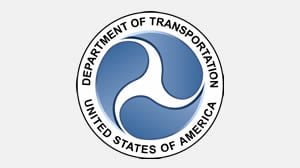RSS feed source: Federal Emergency Management Agency
LITTLE ROCK, Ark. – Crittenden, Garland and Mississippi counties have been added to the major presidential disaster declaration for the April 2-22 severe storms, tornadoes and flooding, meaning state and local governments and certain nonprofit organizations in those counties may seek funding under FEMA’s Public Assistance program.
The three counties are now authorized to recover eligible costs for emergency work including debris removal and emergency protective measures; and permanent work that includes projects to permanently restore community infrastructure affected by the storms.
FEMA had previously designated Clark, Clay, Craighead, Cross, Dallas, Desha, Fulton, Greene, Hempstead, Hot Spring, Izard, Jackson, Lafayette, Lawrence, Lee, Little River, Lonoke, Marion, Monroe, Montgomery, Nevada, Newton, Pike, Poinsett, Prairie, Pulaski, Randolph, St. Francis, Saline, Scott, Searcy, Sevier, Sharp, Stone and Woodruff counties for Public Assistance funding for the April storms.
The Public Assistance program is FEMA’s largest grant program, providing funding to help communities pay for emergency work to save lives and protect property, for debris removal, and for repairs to roads, bridges, water control facilities, public buildings, public utilities, parks and recreational facilities. The program reimburses eligible costs to local and state government agencies, and certain private nonprofits including houses of worship.
Federal funding is typically available on a cost-sharing basis, with FEMA reimbursing Arkansas applicants 75% of eligible costs and the applicant is responsible for the non-federal share, or up to 25%.
Learn about Assistance
Click this link to continue reading the article on the source website.


